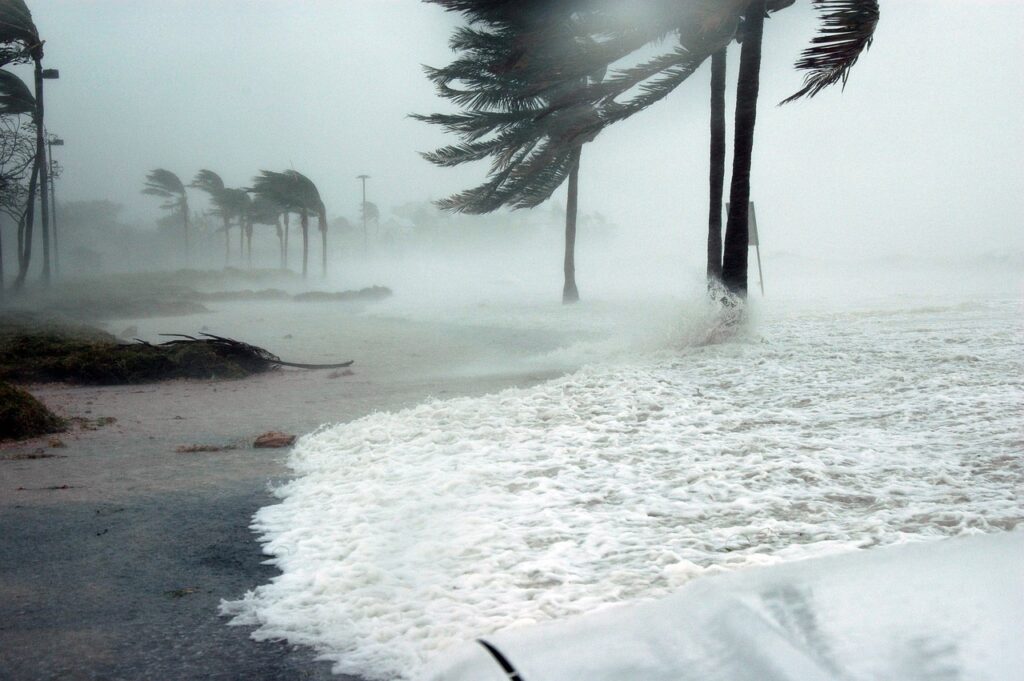Changing Weather Patterns Are Impacting the Risks of Homeownership

Weather isn’t the small talk staple that it used to be. These days, talking about the weather can be pretty painful, especially if you’re a homeowner. It seems like every day the news is filled with stories about towns being devastated by everything from floods and tornadoes to wildfires and hurricanes.
The reality is, this isn’t too far from the truth. In 2023, the United States experienced a record-breaking 28 separate billion-dollar weather disasters.
Shifting Weather Patterns & Populations
There are several factors at play in this rise of expensive disasters that affect homeowners. One thing research points to is shifting weather patterns. A recent report in Scientific American shows that Tornado Alley, a twister-prone area long associated with the Midwest, has shifted steadily eastward over the past few decades. Another thing to consider is where people are moving. The availability of jobs and the price of housing are strong motivators for relocation. However, many of these areas, such as Florida, South Texas, Tennessee, Nevada and Washington state, are also sites of increasingly extreme weather.
How This Shakes Out for Homeowners
Unfortunately, the increase in weather-related disasters means increasing payout for insurance companies, and these rising costs are often passed on to homeowners. One analysis from Rate.com revealed that the average cost of home insurance went up 19% in 2023 and is up 55% since 2019.
While homeowners can’t do much about price increases, there are several things you can do to be better prepared in the event of a natural disaster at home.
- Know the risks of where you live.
Is your house located on a floodplain? How many hurricanes have rolled through your city in the past 15 years? How at risk is your community for wildfires? There are several online resources that can help you understand the risk to your home, such as FEMA’s flood maps and Wildfire Risk to Communities.
- Know what your policy covers.
Your insurance policy might not be the most riveting read, but that doesn’t make it any less important. For example, while most policies cover damage from winter weather and severe storms, any flood damage as a result of those storms is not typically covered. This is important information to know when you live in a place like Florida or Louisiana. Therefore, it’s crucial to know the limits of your coverage before a disaster strikes so you can purchase any additional coverage you need, like flood insurance.
- Look for structural improvements.
You can’t change the weather, but you can help your home better stand against it. Making certain upgrades to your home, such as using impact-resistant roofing materials, improving insulation and ensuring your foundation is sealed correctly, can help your home resist weather damage. In addition to providing some peace-of-mind, sometimes these upgrades can unlock discounts on your homeowner’s insurance.
- Have a disaster plan.
In the event your home is hit by a natural disaster, it’s wise to have a plan in place. Not only does this provide you and your family clear instructions on what to do and where to go, it also helps ensure you have all the necessities for dealing with the aftermath. You can follow the steps at ready.gov/plan to make sure you and your family have a plan in place in the event of a disaster.
RAFTR Roofing + Exteriors is a roofing and outdoor exterior solutions provider specializing in the insurance claims sector. We care about your coverage. To find a local roofing specialist in your area, click here.

